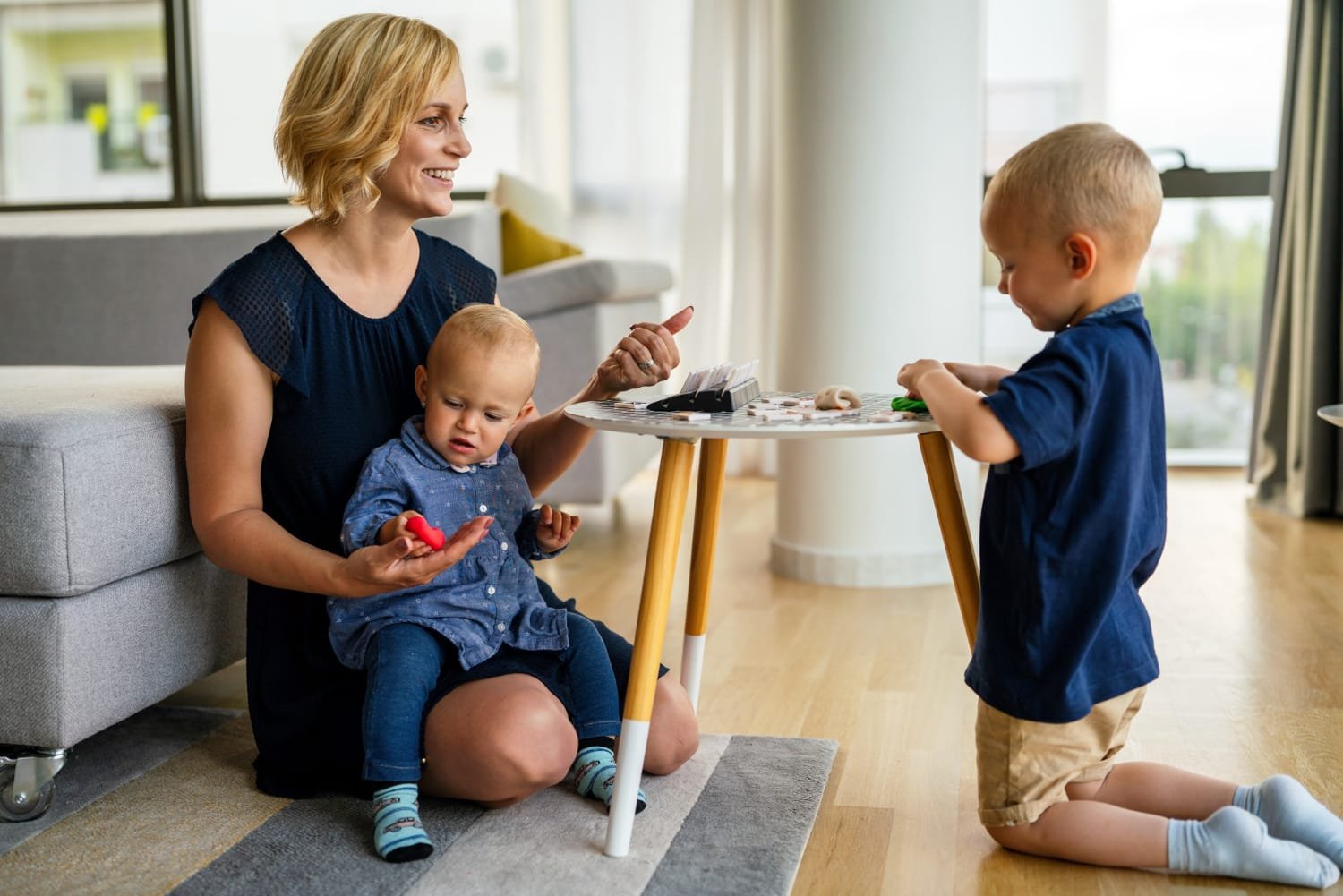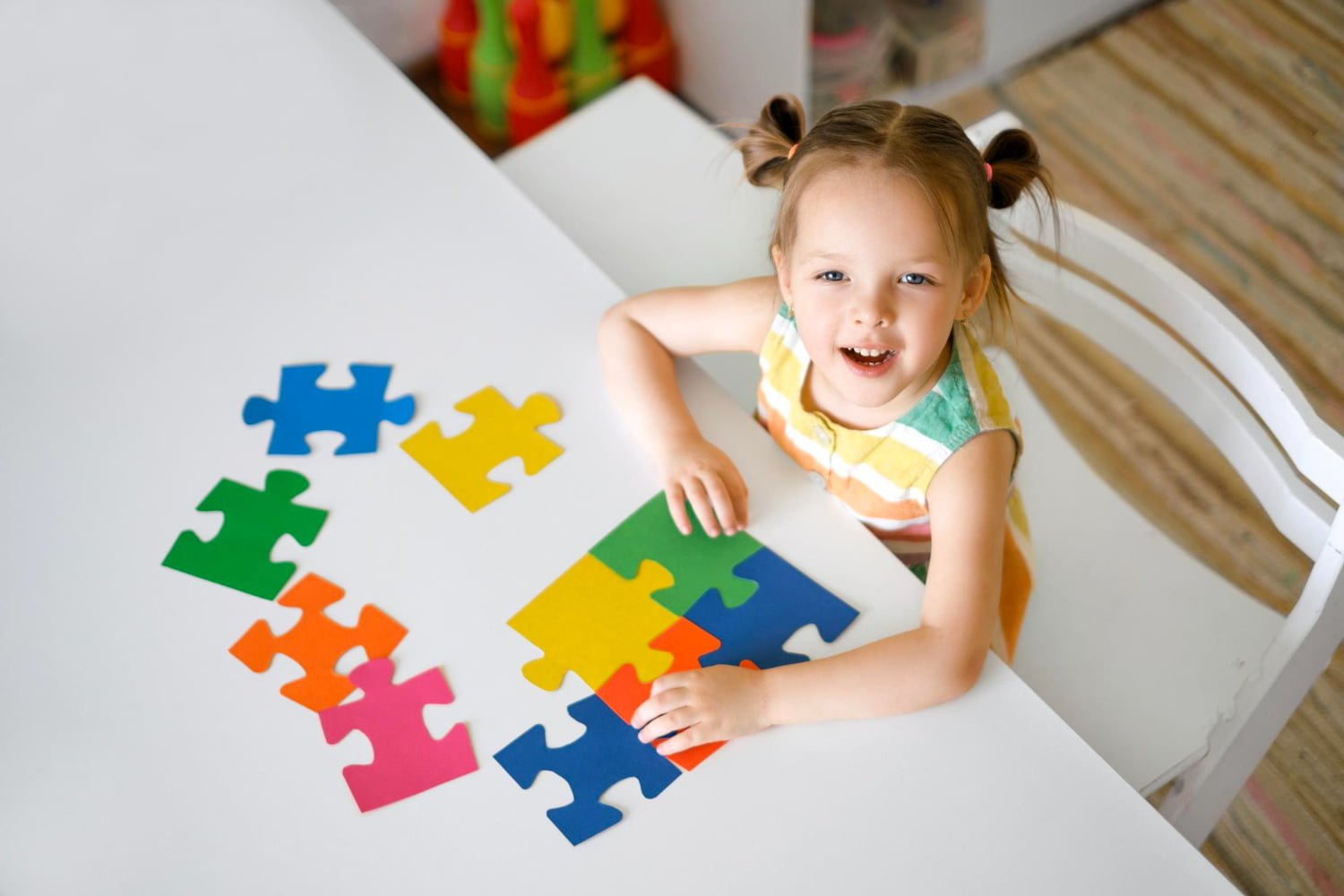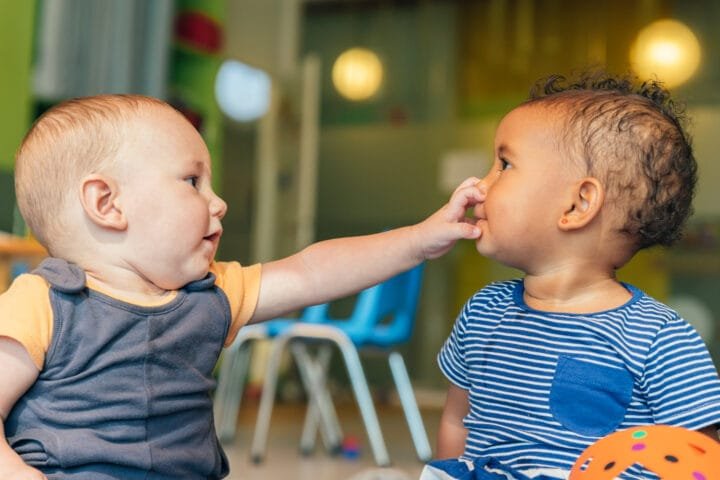How to Stop Toddler from Biting Other Children: Why My ‘Energy Dump’ Method Works Every Time
Hidden Signs Your Child Might Be Gifted – From a Mom Who’s Been There!
Warning: Don’t Help Your Child’s Fear of the Dark Until You Read This First!
The Netflix-Inspired Secret to Teaching Kids About Public Speaking
Digital Hearts vs. Paper Cards: The Surprising Truth About Modern Valentine’s Day
Teaching Kids About Self-Defense: What Schools Don’t Want You to Know
A Real Mom’s Guide to Choosing the Right Preschool
I Drank Apple Cider Vinegar During Pregnancy – The Results Left My Doctor Speechless!
10 Winter Activities That Made My Kids Forget About Their Screens
Should Teens Be Able to Drive at 15? Safety Experts Reveal Stunning Facts
Revolutionary Guide to Teaching Kids the Value of Hard Work
Genius Ways to Encourage Kids to Try New Things
Why Smart Kids Struggle: The Learning Styles Mystery Finally Solved!
Choosing the Right Shampoo for Kids: The Game-Changing Guide Every Parent Needs!
Choosing the Right Sunscreen for Kids: What Every Parent Needs to Know
Why Is the Right to Speak Important for a Child? Experts Reveal Astonishing Truths!
No Molars, No Problem! How Babies Chew with Just Front Teeth Will Blow Your Mind!
Don’t Let Your Kid Start Piano Lessons Until You Read This!
Little Sibling Bothering Older Sibling: How to Restore Peace in Your Home
Ways to Improve Toddler Strength and Power: Fun Activities for Little Ones

Unleashing Your Little Hercules: Ways to Improve Toddler Strength and Power: Expert Tips and Advice
Why Building Toddler Strength and Power Matters?
Remember those chubby little legs struggling to climb the stairs? Or that determined frown as your toddler wrestled with their favorite toy, trying to lift it with all their might? Those early struggles are a parent’s first glimpse into the world of toddler strength and power! It’s more than just playground antics or conquering the monkey bars. It’s the cornerstone of their physical development, a foundation that will serve them well throughout their lives.
We all want our little ones to grow strong and healthy, but did you know that strength and power also boost confidence, improve sleep, and even enhance cognitive development by promoting spatial awareness, problem-solving, and coordination?
This guide is your toolkit, packed with practical tips and insights for every parent, no matter where your child is on their journey to becoming a tiny Hercules! We’ll explore developmental milestones, fun activities, and ways to create a supportive environment that nurtures your child’s physical growth.
Understanding Milestones and Activities
Toddlers truly are little adventurers, constantly exploring and achieving amazing milestones! Their growth in strength and abilities is such an exhilarating journey (even if it gets a bit messy at times!). Remember, each toddler is one-of-a-kind; some might tackle stairs at 15 months, while others may take their time. To support you in embracing this wonderful phase, we’ve outlined four key stages of toddler development to make things easier and more enjoyable!
- Crawling Conquerors (6-12 months): At this stage, your little one is mastering the art of crawling. This strengthens their core, arms, and legs, preparing them for future physical feats. Did you know that crawling also plays a vital role in developing hand-eye coordination and spatial awareness? According to a study published in the journal “Developmental Psychobiology,” infants who crawl have better spatial memory and navigation skills later in life. Encourage tummy time and place toys just out of reach to motivate your baby to move and explore their surroundings.
- Cruising Champions (12-18 months): Now, furniture has become their jungle gym! Cruising helps toddlers develop leg strength and balance. Create a safe space for them to explore by removing any hazards and providing sturdy support. Cheer them on as they navigate their world, building their confidence and independence. Dr. Jane Clark, a pediatric physical therapist, emphasizes the importance of this stage: “Cruising is a critical precursor to walking. It allows toddlers to develop the strength and balance they need to take those first independent steps.”
- Toddling Triumphers (18-24 months): Those first wobbly steps are a major milestone! Walking builds strength and coordination. Offer your hand for support but let them lead the way. Remember to be patient and encouraging, as this stage can be full of tumbles and triumphs. Research shows that early walking experiences contribute to the development of gross motor skills, balance, and coordination.
- Preschool Powerhouses (24-36 months): Get ready for action! Your toddler is now running, jumping, and climbing. Provide opportunities for active play, both indoors and outdoors. According to the World Health Organization, toddlers need at least 180 minutes of physical activity per day, spread throughout the day. This can include a variety of activities, from running around the park to dancing in the living room.
Remember, these are just general guidelines. Celebrate each achievement, big or small, and consult your pediatrician with any concerns about your child’s development.
Indoor Activities: Transforming Your Home into a Toddler Gym
Rainy day? No problem! Your home is a treasure trove of opportunities to improve toddler strength and power. It’s time to unleash your creativity and turn everyday objects into exciting challenges.
Creative Play Ideas:
- Building Block Bootcamp: Who needs an expensive gym when you have building blocks? Your toddler will love becoming a little construction worker as they create towers, forts, and castles! This fun activity not only builds their muscles but also boosts problem-solving skills and ignites their imagination. Renowned educator Dr. Maria Montessori believed in the power of open-ended play for child development. With building blocks, your child can explore endless creative possibilities while growing both physically and cognitively. How exciting is that?
- Tunnel Troopers: Remember those cardboard boxes you were about to recycle? Transform them into tunnels! Crawling, climbing, and exploring through tunnels is a fantastic way to boost strength and coordination. You can even decorate the tunnels with markers or paint to create a more immersive experience. This activity not only promotes physical development but also encourages imaginative play.
- Pillow Power Play: Create a soft and safe obstacle course with pillows, cushions, and blankets. Your little one will have a blast jumping, climbing, and wrestling their way through this plush playground. This is a great way to burn energy on a cold or rainy day. You can even join in the fun and make it a family activity!
Everyday Activities:
- Household Helpers: Even the smallest tasks can build strength. Let your toddler carry light objects, put away toys, or “help” with chores like folding laundry. It’s a win-win: you get some assistance, and they get a workout! Involving toddlers in household chores not only improves their strength but also teaches them valuable life skills and responsibility.
- Stairway Superstars: Stairs are a toddler’s Everest! With close supervision, encourage your child to climb up and down stairs. This strengthens their legs and improves balance. Make sure the area is safe and free of clutter. You can even turn it into a game by counting the steps or singing songs as they climb. Remember to always supervise your child closely around stairs to prevent accidents.
- Dance Party Dynamos: Crank up the music and let loose! Dancing is a fun and effective way to improve strength, coordination, and flexibility. Plus, it’s a great way to burn off some of that boundless toddler energy. Put on different styles of music and encourage your child to move their body in various ways. Dancing also promotes creativity and self-expression.
Outdoor Activities: Nature’s Playground for Little Explorers
Fresh air, sunshine, and endless possibilities! The outdoors is a wonderland for active play and strength-building. Spending time outdoors has been shown to improve mood, reduce stress, and enhance creativity.
- Parkour for Preschoolers: The playground is a toddler’s dream come true! Encourage climbing, swinging, and sliding. These activities build upper body strength, coordination, and confidence. Playgrounds offer a variety of challenges that help toddlers develop different muscle groups and motor skills. According to the National Association for the Education of Young Children (NAEYC), “Playgrounds provide opportunities for children to develop physical, social-emotional, and cognitive skills.”
- Nature’s Obstacles: Parks, trails, and even your backyard offer a variety of natural obstacles. Let your toddler explore and climb over rocks, logs, and uneven terrain. This not only builds strength but also fosters a love for nature. Studies have shown that children who spend time in nature have better attention spans and are more creative. Exposure to nature also has a calming effect and can reduce stress levels in children.
- Sports and Games: Introduce age-appropriate sports and games. Kicking a ball, throwing a beanbag, or playing tag are all great ways to improve strength, coordination, and social skills. Playing with other children also helps toddlers develop important social and emotional skills, such as cooperation, sharing, and turn-taking.
Remember to supervise your child closely during outdoor activities and ensure a safe environment.
Ways to Improve Toddler Strength and Power: Nutrition and Rest
While active play is crucial, it’s important to remember that proper nutrition and rest are also essential for building strength and power. A balanced diet provides the necessary fuel for growth and development. At the same time, adequate sleep allows the body to repair and rebuild muscles.
- Fueling Little Muscles: Offer a variety of nutrient-rich foods, including fruits, vegetables, whole grains, and lean protein. These provide the vitamins and minerals necessary for healthy growth and development. Limit processed foods, sugary drinks, and unhealthy fats. The American Academy of Pediatrics recommends that toddlers consume at least five servings of fruits and vegetables per day.
- Rest for Growing Bodies: Toddlers need 11-14 hours of sleep per day, including naps. A well-rested child is more alert, active, and ready to learn. Establish a consistent bedtime routine and create a calming sleep environment. According to the National Sleep Foundation, “Adequate sleep is essential for a child’s physical and mental development.”
Tracking Your Toddler’s Progress: Celebrating Milestones and Achievements
It’s amazing to witness your child’s growth and development. Tracking their progress helps you appreciate their achievements and adjust activities as they grow.
- Observation and Documentation: Capture your child’s joyful moments through notes, photos, or videos! You’ll be truly amazed by their growth. Celebrate every single milestone, big or small, to nurture a positive and encouraging environment that inspires their passion for physical activity. Why not start a scrapbook or journal to document their wonderful journey beautifully? It’s a delightful way to cherish their progress!
- Adjusting Activities: As your toddler grows, embrace the adventure! Introduce exciting new games, explore wonderful environments, and gently increase challenges. This fun approach will keep them engaged while helping them build their strength and abilities most delightfully!
- Seeking Support: If you’re wondering about your child’s development, feel free to connect with your pediatrician or a child development specialist! They’re here to offer valuable support. Remember, the sooner we address any concerns, the better we can help your little one thrive!
Ways to Improve Toddler Strength and Power: Creating a Supportive Environment
Creating a nurturing and uplifting environment is key to boosting your toddler’s physical growth! Encourage active play, celebrate their efforts with praise, and be the positive role model they look up to. Every little bit makes a big difference!
- Embrace the Mess: Toddlers are bundles of curiosity, eager to explore the world around them! Embrace their messy adventures as they experience new textures and environments. This exciting sensory play, like sand, water, and finger paints, is not just fun—it’s a fantastic way to develop their senses and motor skills! Let the exploration begin!
- Be a Cheerleader: Celebrate their efforts, no matter the result! This boosts their confidence and inspires them to keep pushing forward. Positive reinforcement truly nurtures a genuine passion for physical activity, making every step of the journey enjoyable and fulfilling. Keep it up!
- Lead by Example: Be an inspiring role model by actively enjoying physical activity! When your toddler sees you embracing exercise and healthy choices, you’re showing them the joy of an active lifestyle. Together, you can create a foundation for a healthier future!
Conclusion: Empowering Your Little One
Boosting toddler strength and power is about so much more than physical skills—it’s all about laying the groundwork for a bright, active, and confident future! By encouraging playful adventures, fostering exploration, and celebrating every little success, we help our amazing kids tap into their full potential. Let’s ignite their inner superheroes and cheer them on as they conquer the world, whether it’s on a playground or in their very own living room obstacle course!
FAQs
You can easily improve your toddler’s strength and power at home by incorporating physical activity into everyday routines and playtime. Have your toddler help carry light groceries, put away toys, or “help” with laundry. Create an obstacle course using pillows, blankets, and furniture to encourage climbing, crawling, and jumping. Put on some music and have a dance party, encouraging your toddler to move their body in different ways. Playing with building blocks is another great way to develop fine motor skills and hand-eye coordination as they lift and manipulate the blocks. You can also read books about movement and act out the actions together.
The World Health Organization recommends that toddlers get at least 180 minutes of physical activity per day, spread throughout the day. This can include various activities, such as playing outdoors, running around the house, dancing, and climbing. Remember that any activity that gets your toddler moving and using their muscles contributes to their overall physical development.
If you have any concerns about your toddler’s development, it’s always best to talk to your pediatrician. However, some signs that your toddler might have a developmental delay include not meeting developmental milestones, such as walking, talking, or playing with toys in an age-appropriate way. They might also have difficulty with coordination or balance, seem unusually weak or tired, or avoid physical activity. If you notice any of these signs, don’t hesitate to reach out to your pediatrician for guidance and support.
Making exercise fun for toddlers involves turning it into a playful and engaging experience. Show your toddler that you enjoy being active and having fun. Incorporate pretend play into activities. For example, they pretend to be animals, superheroes, or characters from their favorite books or movies. Offer choices and let your toddler choose which activities they want to do. Keep activities brief and varied to accommodate their short attention spans. Finally, celebrate their successes and praise and encourage your toddler for their efforts, no matter how small they may seem.
The outdoors is a fantastic place for toddlers to develop strength and power through active play and exploration. Visit the playground and encourage your toddler to climb, swing, slide, and run around. Go for a nature walk and explore parks, trails, and your backyard. Encourage your toddler to climb over rocks, logs, and uneven terrain. Play games like tag, hide-and-seek, or kick a ball around. Riding a tricycle or scooter helps develop leg strength and coordination. Swimming is another great full-body workout for toddlers, and it’s a fun way to cool off on a hot day.
Recommend Books
- “Thirty Million Words: Building a Child’s Brain” by Dana Suskind, MD: This book delves into the critical role that language exposure plays in a child’s brain development. While not specifically focused on physical strength, it highlights the interconnectedness of cognitive and physical development. Dr. Suskind, a pediatric surgeon, emphasizes the importance of early interactions and rich language environments in shaping a child’s brain architecture, which in turn can influence their overall development, including motor skills and physical abilities.
- “No Bad Kids: Toddler Discipline Without Shame” by Janet Lansbury: While not directly focused on physical development, this book offers valuable insights into understanding toddler behavior and creating a positive and supportive environment for their growth.
- “The Well-Balanced Child: Movement and Early Learning” by Sally Goddard Blythe This book emphasizes the crucial link between movement and learning in young children. It explores how movement activities can enhance brain development, improve coordination, and support academic success.
- “Gross Motor Skills in Children with Down Syndrome: A Guide for Parents and Professionals” by Patricia C. Winders This book provides specific guidance on supporting the development of gross motor skills in children with Down syndrome. It offers practical strategies and activities to help children achieve their full potential.
Related Posts



































































